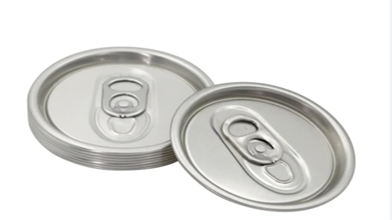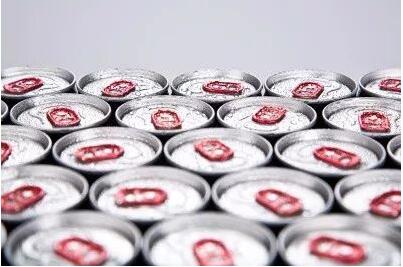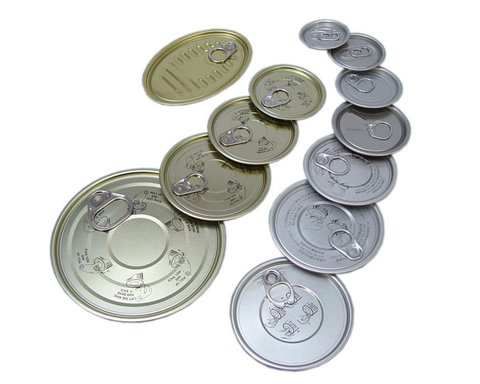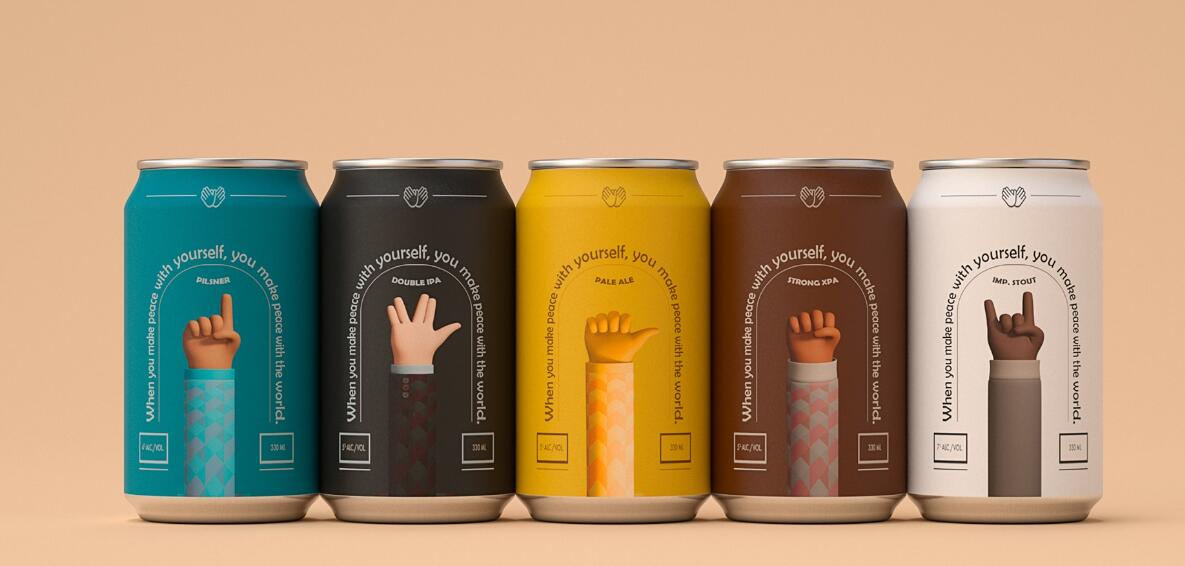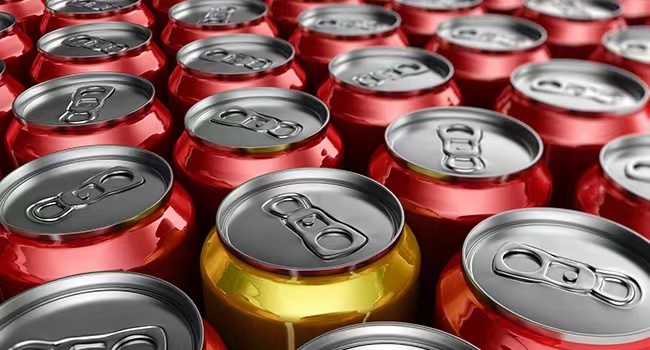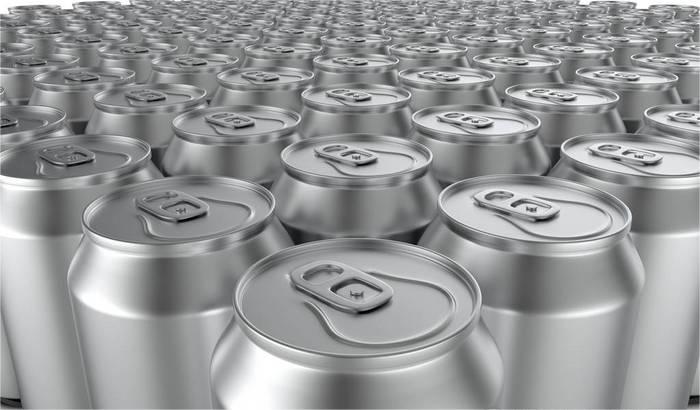The Advantages of Aluminum Easy Open Ends for Beverage Packaging
Sep 01, 2023
In the beverage industry, packaging plays a crucial role in ensuring product quality, convenience, and customer satisfaction. Aluminum Easy Open Ends (EOEs) have emerged as a popular choice for sealing beverage cans due to their numerous advantages. In this blog post, we will explore the benefits of aluminum EOEs and how they enhance the overall beverage packaging experience.
Superior Protection:
One of the primary advantages of aluminum EOEs is their excellent sealing capability. They create a hermetic seal that effectively protects the beverage from external factors such as air, moisture, and light. This protection helps preserve the taste, freshness, and carbonation of the drink, ensuring that consumers enjoy a high-quality product every time they open a can.
User-Friendly Design:
Aluminum EOEs are designed with consumer convenience in mind. The "easy open" feature allows consumers to effortlessly open the can by simply pulling a tab. This eliminates the need for additional tools or sharp objects, ensuring a safe and hassle-free experience. The smooth and rounded edges of the EOE also enhance user comfort while drinking from the can.
Recyclability:
Sustainability is a growing concern for consumers and beverage companies alike. Aluminum EOEs are highly recyclable, making them an environmentally friendly choice. The recyclability of aluminum helps reduce the carbon footprint, conserves resources, and promotes a circular economy. By using aluminum EOEs, beverage companies can contribute to the goal of minimizing waste and protecting the planet.
Branding Opportunities:
Aluminum EOEs provide ample surface area for branding and marketing messages. Beverage companies can leverage this space to showcase their logo, brand colors, taglines, and promotional offers. The visually appealing and customizable nature of aluminum EOEs helps create brand recognition, attract consumer attention, and enhance overall brand image.
Extended Shelf Life:
Aluminum EOEs are known for their excellent barrier properties. They prevent oxygen and light from entering the can, which helps extend the shelf life of the beverage. This is particularly beneficial for products like carbonated drinks, juices, and energy drinks, which can be susceptible to degradation when exposed to air or light. By using aluminum EOEs, beverage companies can ensure that their products maintain their quality and taste for longer durations.
Versatility and Adaptability:
Aluminum EOEs are suitable for a wide range of beverage applications, including carbonated drinks, still beverages, and alcoholic beverages. Their compatibility with various fillings and can sizes makes them a versatile choice for different packaging requirements. Additionally, aluminum EOEs can be easily adapted to integrate innovative features such as tamper-evident bands or vents for pressure release.
Aluminum Easy Open Ends offer a multitude of advantages for beverage packaging. Their superior protection, user-friendly design, recyclability, branding opportunities, extended shelf life, and versatility make them a preferred choice for both beverage companies and consumers. By opting for aluminum EOEs, beverage brands can enhance product appeal, ensure product freshness, promote sustainability, and provide an enjoyable and convenient drinking experience.
